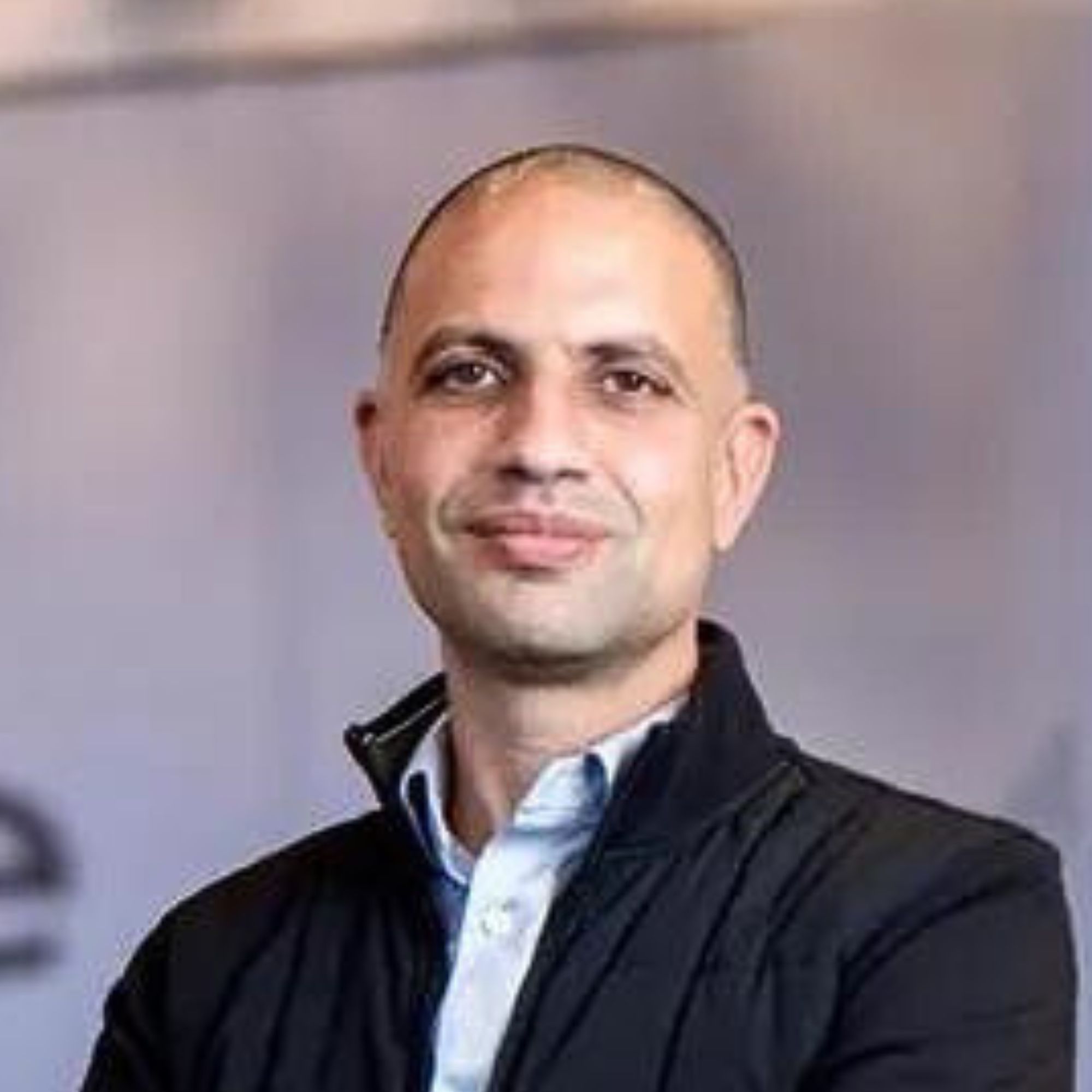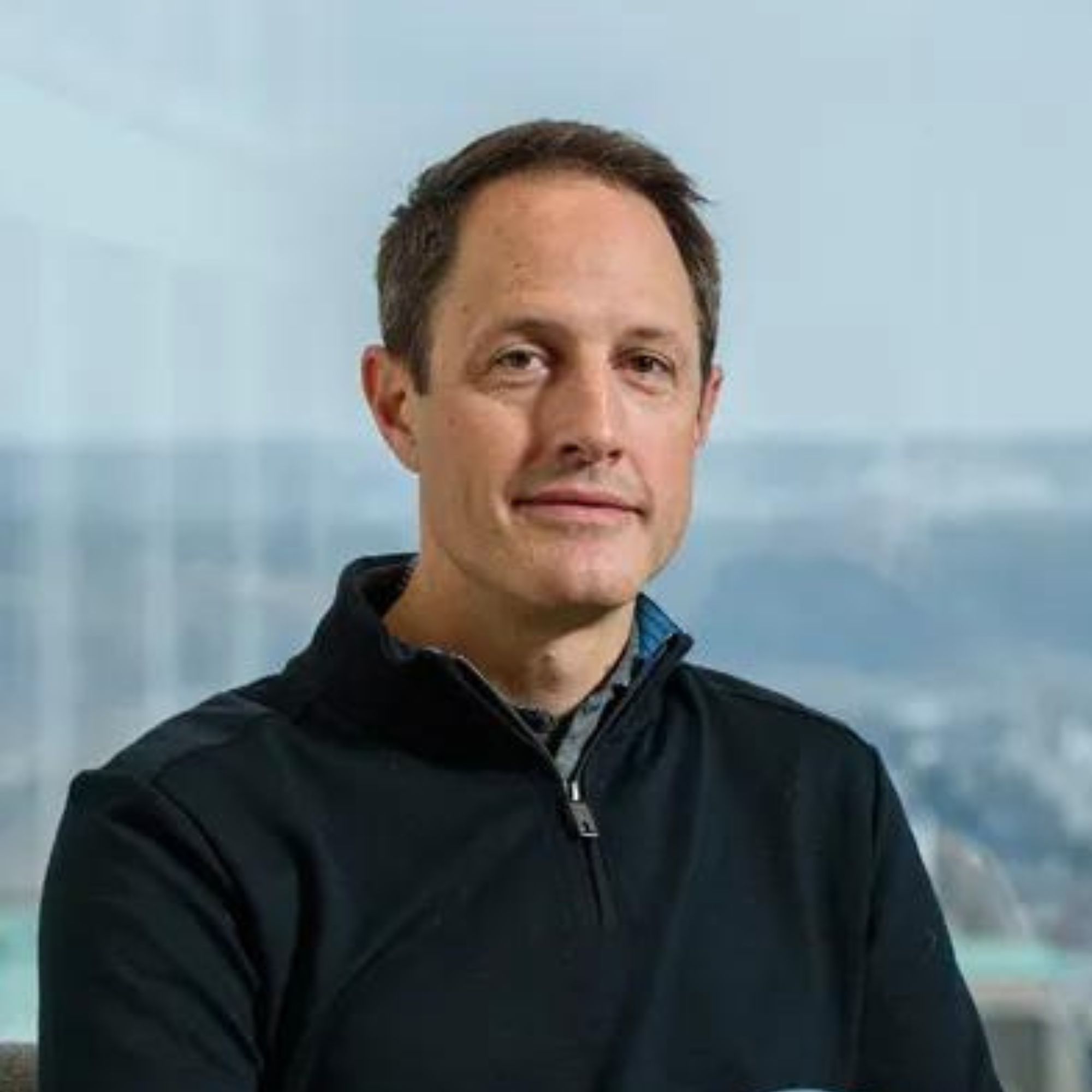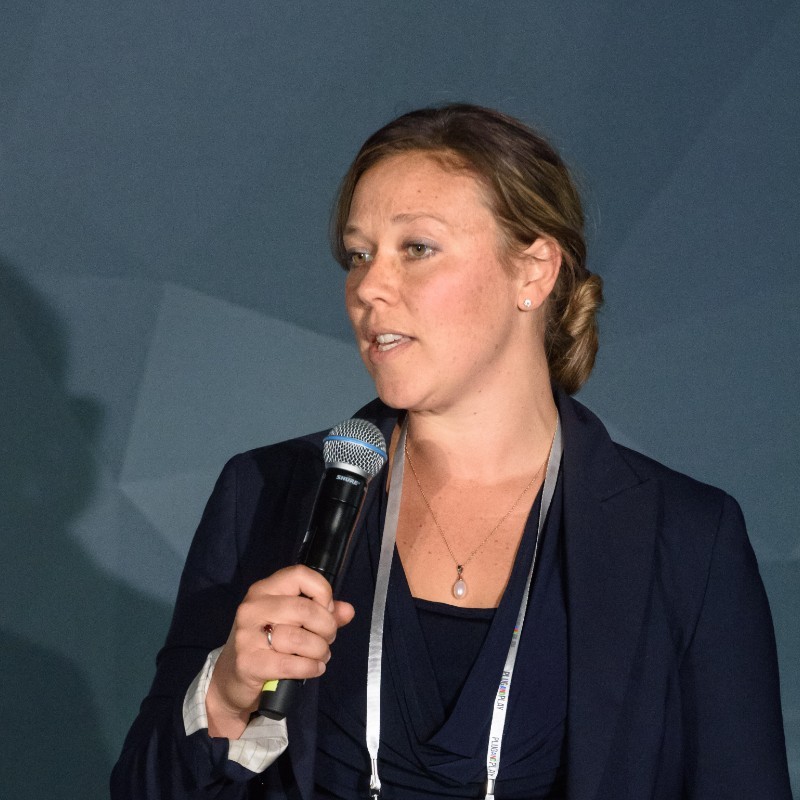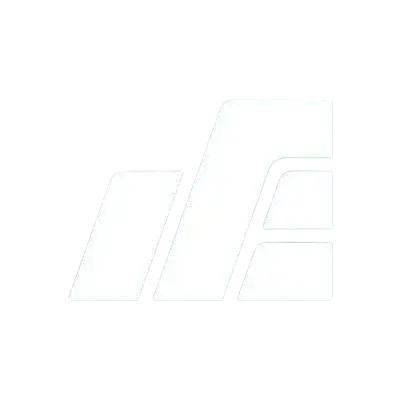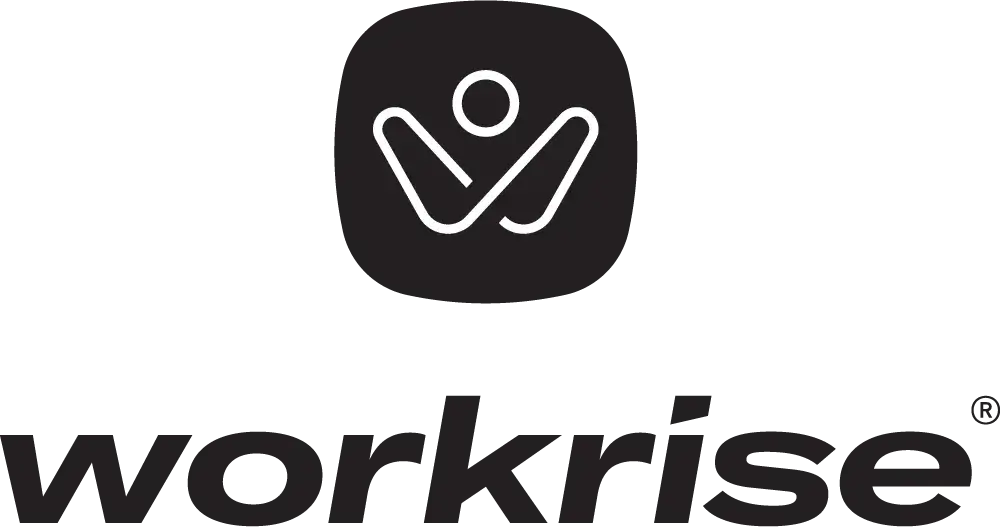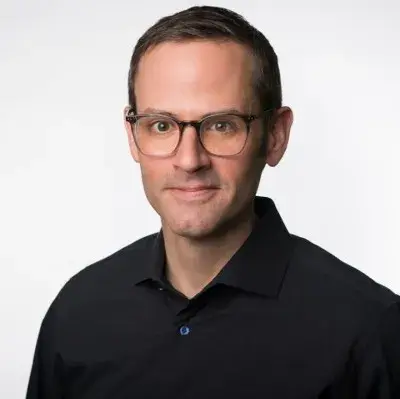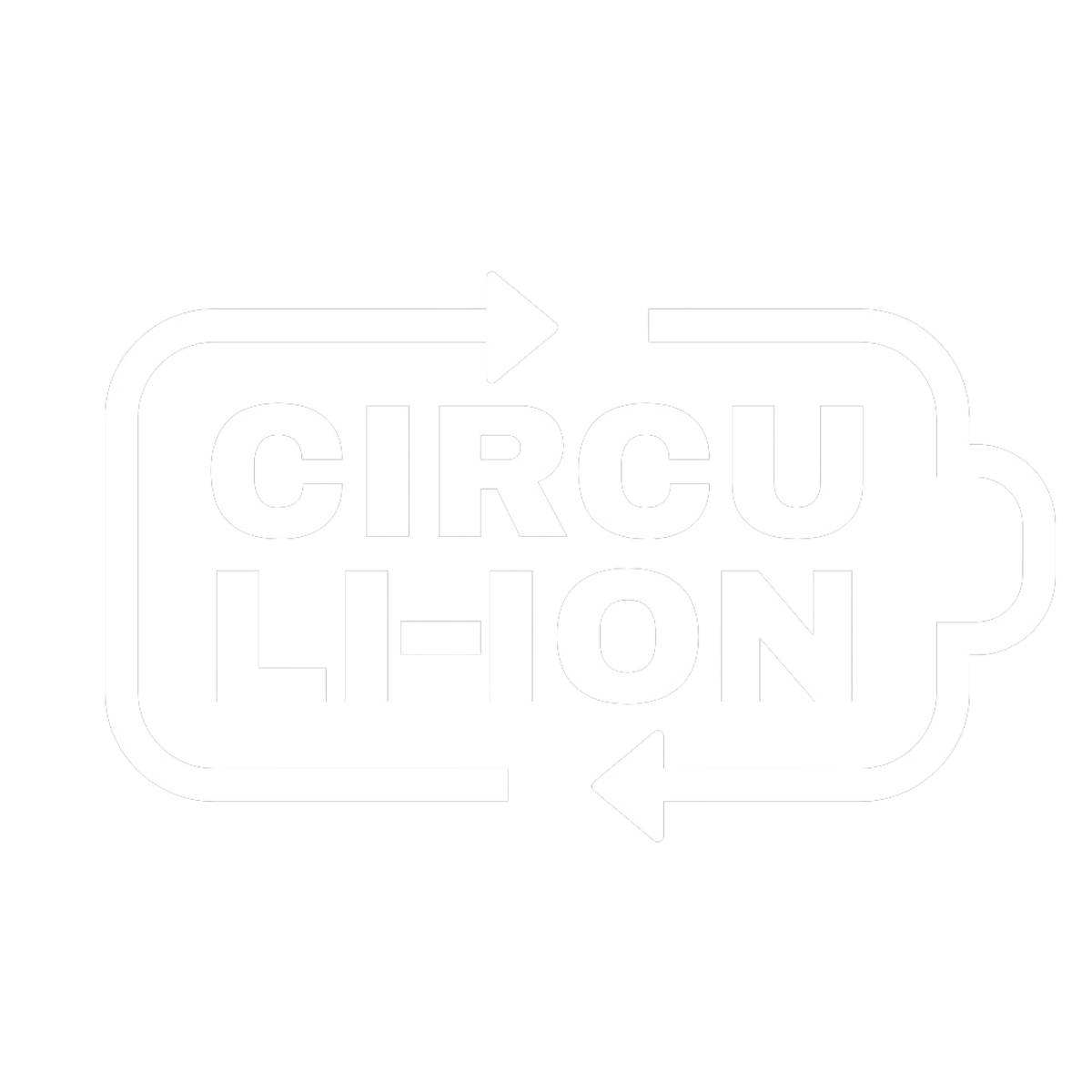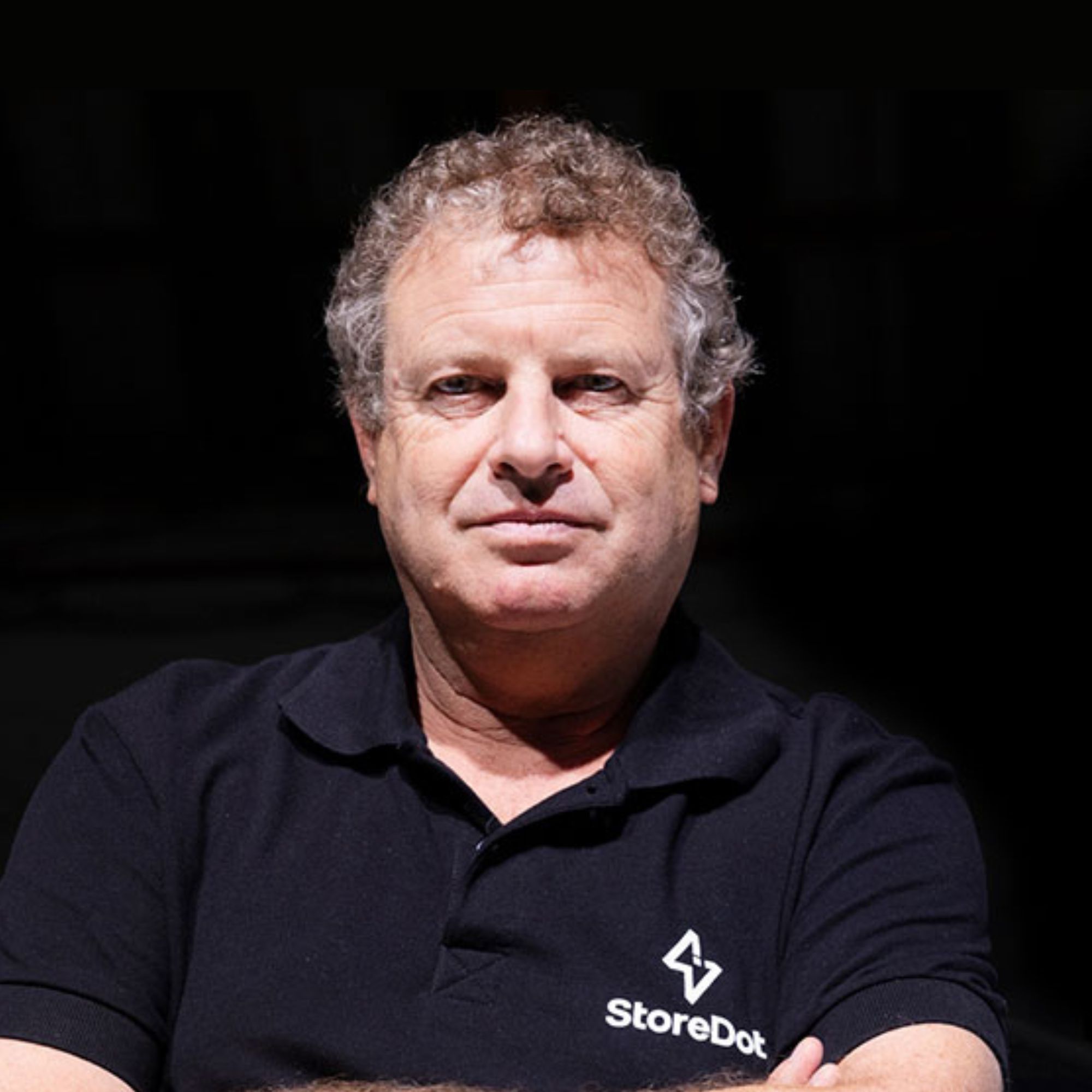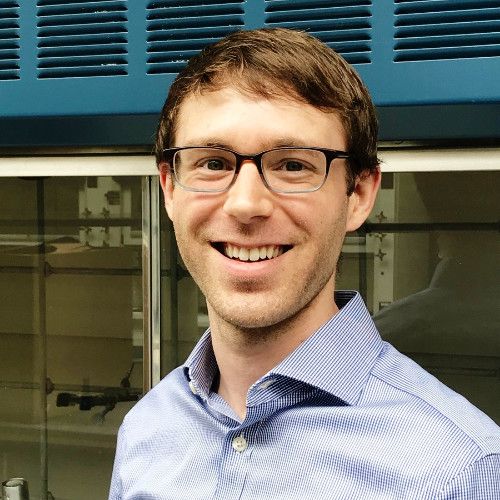Ready to build your own Founder-Led Growth engine? Book a Strategy Call
Frontlines.io | Where B2B Founders Talk GTM.
Strategic Communications Advisory For Visionary Founders
Actionable
Takeaways
Sell on economics, not sustainability:
Despite the environmental benefits of battery repurposing, Chiang emphasizes selling purely on cost and performance metrics. He explained, "We never sell based on sustainability... We just sell on typical cost and power." B2B founders should resist leading with feel-good messaging and instead focus on measurable business outcomes that matter to their buyers' bottom line.
Target infrastructure decision-makers, not sustainability teams:
Moment Energy focuses on buyers who "manage the energy infrastructure for the entire [organization]" because "there's a lot less education that's required. They know how to speak batteries." While sustainability teams can provide useful introductions, the real decision-makers understand the technical and economic trade-offs. B2B founders should identify the specific roles that truly own their problem space rather than getting distracted by adjacent stakeholders.
Regulatory barriers become competitive moats:
The extensive certification process that costs hundreds of thousands of dollars in burn testing creates what Chiang calls "a massive barrier to entry for any incumbents to come in." While painful initially, these regulatory requirements can provide sustained competitive advantages. B2B founders in regulated industries should view compliance costs as investments in defensibility rather than just operational expenses.
Government contracts require commercial proof points:
Chiang noted that government agencies "want to make sure that you're actually commercially ready rather than just a big marketing play." They validate systems in the field and measure actual impact before awarding contracts. B2B founders pursuing government opportunities should prioritize demonstrable commercial traction over grant-writing skills, as real customer deployments become the foundation for larger contracts.
Hardware requires deeper customer conviction:
Unlike software pilots, Chiang explains that their systems "cannot go down because it's not a pilot" and customers need complete confidence from day one. This means hardware founders must achieve higher customer conviction thresholds before securing deals. The extended sales cycles and higher stakes require more thorough technical validation and risk mitigation than typical SaaS implementations.
Conversation
Highlights
How Moment Energy Secured $32M in Government Grants by Solving the $4,000 EV Battery Problem
When Edward Chiang discovered that EV owners were paying $4,000 to recycle their “dead” batteries, he knew something was fundamentally broken. What if those batteries weren’t actually dead at all?
In a recent episode of Category Visionaries, Edward, co-founder and CEO of Moment Energy, shared how his team turned this counterintuitive insight into a company that’s secured $32 million in government grants and is building North America’s first second-life battery gigafactory.
The Christmas Light Problem
Edward’s journey began with a simple but powerful analogy that changed everything. “How I like to explain it is imagine, you know, our kids won’t understand this, but back when we were kids, how Christmas lights used to work, when one light bulb burnt out, the whole string burns out. And that’s really what’s happening in the battery pack,” Edward explains.
This insight emerged from hundreds of customer interviews with EV owners across San Francisco and Vancouver. The pattern was consistent and alarming: “We heard from many of them, over 50 of them, saying that, hey, I just went to my local recycler… We actually have to spend $4,000 to recycle again.”
The problem wasn’t that the batteries were truly dead. Testing revealed that these end-of-life EV batteries retained “80% life left” on average, with some showing “90 to 95% life left.” The failure stemmed from a single cell malfunction that rendered the entire pack unusable in vehicles.
The Regulatory Gauntlet
Recognizing this opportunity was one thing. Actually building a business around it required navigating one of the most challenging regulatory environments in tech: battery safety certification.
To sell repurposed batteries commercially, Moment Energy needed UL 1974 certification – a process that Edward describes as literally setting their products on fire. “When you light a battery system on fire, that could be $500,000, right? Or even up to a million dollars depending on the size of the system. And there aren’t many companies that can afford, you know, that burn and you have to do that burn test many times.”
Most startups couldn’t survive this barrier. But Edward realized it could become their moat. “It’s created a massive barrier to entry for really innovative and cool small companies to enter… once you get it, then it becomes a massive barrier to entries for any incumbents to come in as a whole.”
Three years later, Moment Energy became “the first North American company” to achieve this certification, establishing a competitive advantage that few could replicate.
Selling Steel, Not Sizzle
Despite having a compelling environmental story – repurposing batteries instead of mining new materials – Edward discovered that sustainability messaging didn’t close deals. The breakthrough came from focusing purely on economics.
“We never sell based on sustainability,” Edward states bluntly. “We think it’s really great that we are making sure that we’re not mining new cobalts from honestly pretty terrible practices… We don’t really try to sell on that. We just sell on typical cost and power.”
This counterintuitive approach proved crucial when engaging enterprise customers. Instead of leading with environmental benefits, Moment Energy demonstrated how their solution could save companies millions in infrastructure upgrades.
The Amazon case study illustrates this perfectly. Edward mentions that Amazon is “one of our largest investors now, and our lead investor,” but the context reveals the deeper relationship. When large enterprises like Amazon wanted to install EV charging stations, utilities would quote them “$20 to 30 million dollars infrastructure upgrade.” Edward’s team positioned their batteries as an alternative: deploy storage systems instead of rebuilding the grid.
Finding the Right Buyers
Early customer acquisition taught Edward another vital lesson: not all interested parties are qualified buyers. While sustainability teams provided helpful introductions, the real decision-makers sat elsewhere in the organization.
“We typically like to target them because then there’s a lot less education that’s required. They know how to speak batteries,” Edward explains about focusing on energy infrastructure managers rather than sustainability departments.
These technical buyers already understood the problem space and could move faster through procurement cycles. They evaluated solutions based on performance metrics rather than requiring extensive education about energy storage fundamentals.
The Government Funding Strategy
Moment Energy’s approach to government contracts defied conventional wisdom. Instead of leading with grant applications, they proved commercial viability first.
“The government, they’re the most conservative when it comes to giving out funding, so they want to make sure that you’re actually commercially ready rather than, you know, it’s just a big marketing play,” Edward explains.
This strategy paid off dramatically. The Department of Energy granted them “$26 million to open up the first Second Life Gigafactory in the greater Austin, Texas area,” while the Canadian government added “$5 million in funding to continue expanding into our Canadian facility.”
The key was demonstrating real customer deployments with measurable results. “They will go out and they’ll look at systems. They’ll see the actual impact that’s delivered,” Edward notes. Their track record of zero system failures over five years provided the proof points government agencies required.
Hardware’s Different Rules
Building a hardware company taught Edward that software playbooks don’t translate directly. Unlike software pilots designed for iteration and learning, hardware deployments must work perfectly from day one.
“Our systems cannot go down because it’s not a pilot,” Edward emphasizes. “Our systems have never gone down once over the past five years.”
This reliability requirement changes everything about go-to-market strategy. Pilots aren’t for product validation – they’re qualification tools for massive contracts. “Usually when we pass that pilot phase for them, it takes about six months after deployment… Well then they’ll sign these long term thousands of sites billion dollar contracts with us as a whole.”
Building for Scale
Today, Moment Energy is constructing a “2 gigawatt hour a year gigafactory in Austin, Texas” – enough capacity to “power the city of Denver for a substantial amount of time.” But Edward’s vision extends far beyond manufacturing.
The company has built “one of the world’s largest data sets on different automaker batteries, differing state of health and different chemistries,” which they’re using to train AI models that extend battery life and accelerate testing processes.
This data advantage positions them to “enable many other companies to join us on this mission” through software licensing, creating multiple revenue streams beyond hardware sales.
The Distributed Energy Vision
Edward’s long-term vision addresses a fundamental infrastructure challenge. Current grid upgrades require “$1.6 trillion to upgrade the current American grid to what it needs to be today,” excluding the additional power demands from AI and data centers.
Instead of rebuilding centralized infrastructure, Edward envisions “batteries at every single cul de sac neighborhood, every single manufacturing building, every single commercial tower, delivering electrons individually.”
This distributed approach offers resilience that centralized systems can’t match. “Houston learned the hard way where when a storm comes in and knocks down the power line between your batteries in your city’s still out of power,” Edward notes.
Lessons for B2B Founders
Edward’s journey offers several tactical insights for B2B founders, particularly those building in regulated industries:
Regulatory barriers can become competitive moats if you’re willing to invest upfront in compliance costs that competitors can’t afford.
Commercial proof points matter more than grant-writing skills when pursuing government contracts. Agencies want to see real customer deployments before committing funding.
In enterprise sales, focus on buyers who already understand your category rather than trying to educate skeptics. Technical buyers move faster and require less convincing.
For hardware companies, reliability requirements are absolute. Unlike software, you can’t iterate your way to product-market fit after launch.
Edward’s advice to founders entering hardware reflects this reality: “Things are going to take a lot longer. Things are going to be a lot more difficult… if you’re entering the hardware space, you better really love the thing that you’re doing.”
Moment Energy’s success stems from Edward’s willingness to tackle these challenges head-on, transforming regulatory barriers into competitive advantages while building the infrastructure for tomorrow’s distributed energy grid.
















